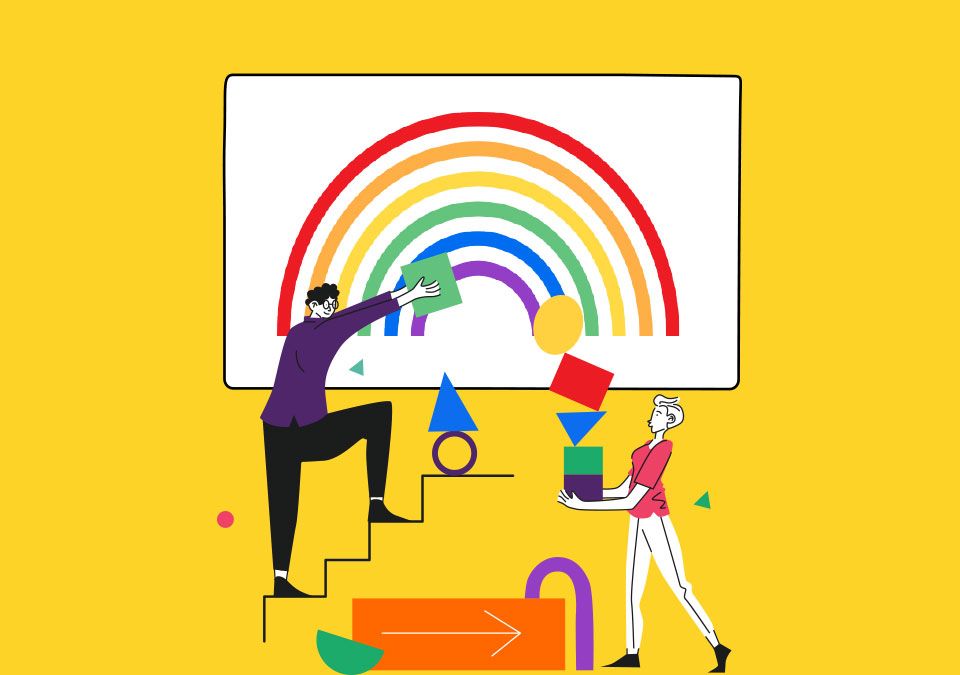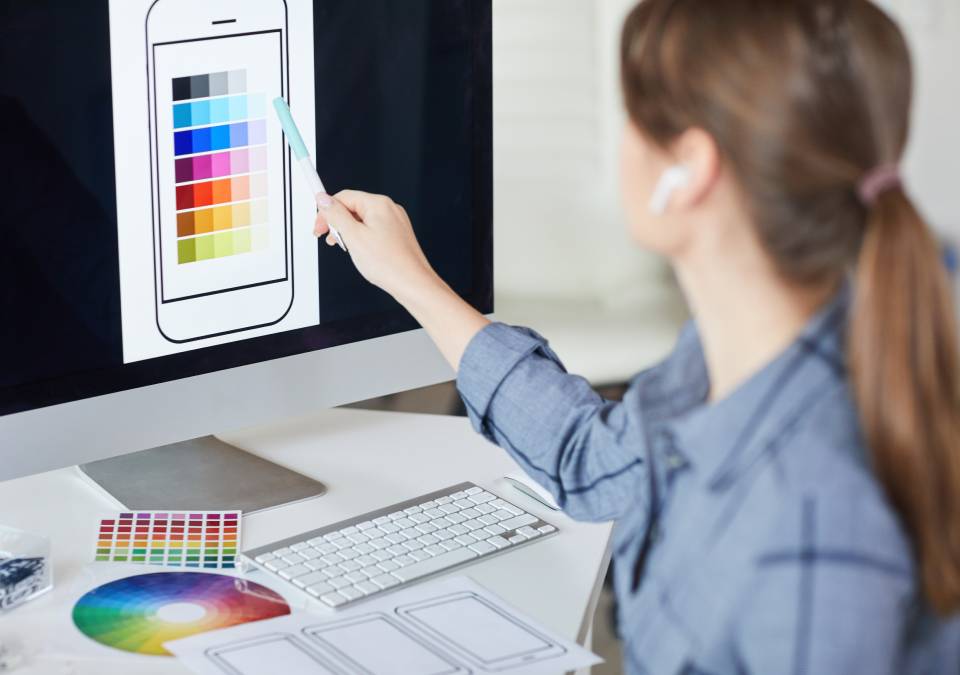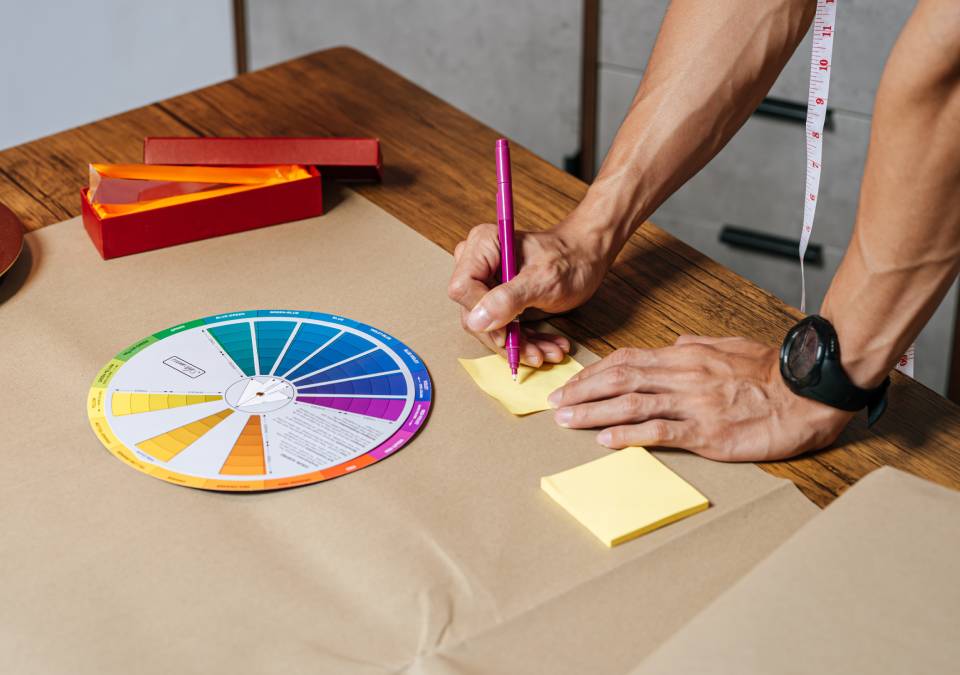The Role of Color Psychology in User Experience: Unlocking the Power of Visual Communication

Have you ever thought about the importance of colors in our daily lives?
We all have our favorite colors that evoke emotions, memories, and feelings. Personally, I adore turquoise, pine, and blue. When I come across these colors, they instantly grab my attention and make me want to engage visually or take action.
Simply put “Colors are the silent storytellers, conveying tales beyond words and stirring the depths of our imagination”
This makes me wonder how different colors evoke familiar feelings that have the same effect on everyone, each carrying their own tales and provoking different reactions.
Let’s explore how we can leverage the RGB (red,green,blue) palette to effectively communicate with users.
In the world of user experience design, the impact of color goes far beyond aesthetics. Color has the power to evoke emotions, influence behavior, and shape user perceptions. Let me take you through this fascinating field of color psychology and its vital role in creating engaging and user-friendly experiences.
The Basics of Color Psychology

Color psychology is a fascinating field that explores how different colors impact human emotions and behaviors. Each color carries unique meanings and associations, encompassing a spectrum from warm and energetic to cool and calming tones. For example, red often symbolizes passion and urgency, while blue evokes a sense of trust and stability. By grasping these foundational principles, designers gain the ability to strategically wield colors, crafting experiences that deeply resonate with users.
Moreover, each color possesses its distinct personality and has the power to convey specific emotions. Yellow, for instance, represents optimism and happiness, while green is closely associated with nature and tranquility. Nevertheless, it is essential to acknowledge that the interpretation of color meanings can vary based on cultural context and individual experiences. Designers can ensure their color choices align with their target audience’s preferences and cultural interpretations by conducting thorough research and testing methodologies. This holistic approach enables designers to create visually compelling experiences that truly engage and connect with users.
Applying Color Psychology in Design

Color psychology is of utmost importance in user interface design as it allows designers to tap into the immense power of color. By leveraging the strategic use of color, designers can craft experiences that not only align with their brand identity but also evoke specific emotions and influence user behavior. Take, for instance, the vibrant shade of orange used in a call-to-action button. This choice of color can effectively create a sense of urgency, compelling users to take immediate action. Through a deep understanding of the psychological impact of color, designers can create interfaces that are visually captivating, purposeful, and truly engaging.
Color Selection Considerations

When selecting colors for user experiences, several factors should be taken into account. User demographics, cultural considerations, and the context of the product or service should influence color choices. Additionally, designers must ensure accessibility by considering color contrast and accommodating visually impaired users. By carefully considering these factors, designers can create inclusive experiences that resonate with a diverse range of users.
Application in Case Studies and Examples

Numerous case studies demonstrate the impact of color psychology in user experience design. For instance, social media platforms often incorporate calming blues to promote trust and relaxation, while food delivery apps frequently utilize vibrant hues to stimulate appetite and excitement. These examples highlight how color choices can significantly influence user engagement, perception, and overall satisfaction.
To leverage the power of color psychology effectively, designers should conduct thorough research, consider their target audience, and test different color combinations. It is essential to strike a balance between aesthetics and functionality, ensuring that color choices align with the brand, evoke the intended emotions, and enhance usability.
Conclusion
Color psychology is a valuable tool in the UX designer’s arsenal. By harnessing the emotional power of color, designers can create experiences that captivate users and leave a lasting impression.




